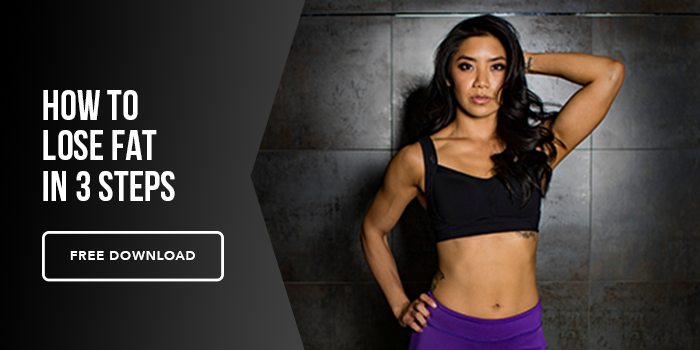You’d think by now we’d have collectively agreed on how to lift a weight. But no — strength training remains riddled with half-truths, old wives' tales, and advice from that guy in the locker room who swears by 100-rep biceps curls and raw eggs.
Let’s separate the bro-science from the real science. These five common myths are holding people back. Here's what you should believe instead.
Myth #1: “Lifting Weights Makes You Bulky”
The truth: Gaining muscle is a slow, intentional process — not something that happens by accident after a few sets of curls.
The "bulky" myth often scares women away from lifting, but even men with high testosterone levels struggle to build large amounts of muscle quickly. Muscle gain takes progressive overload, consistent nutrition, and months (if not years) of hard training.
For most people, lifting weights won’t make you bulky — it’ll make you leaner. Why? Because muscle takes up less space than fat, and strength training improves body composition by reducing fat mass while increasing muscle.
So no, lifting won’t turn you into a linebacker. But it will make your jeans fit better.
Myth #2: “You Need to Change Your Workouts Constantly to Confuse Your Muscles”
The truth: Muscles don’t get confused. They get better at what you repeatedly ask them to do.
Muscle growth (hypertrophy) is the result of applying a consistent stimulus and gradually increasing the demand — this is known as progressive overload.
Switching your workouts every week makes it hard to track progress or get stronger. While variety can be useful to prevent plateaus and boredom, your core movements (like squats, rows, and presses) should stay consistent for several weeks or months at a time.
If you want results, don’t confuse your muscles — challenge them.
Myth #3: “If You’re Not Sore, You Didn’t Train Hard Enough”
The truth: Muscle soreness is not a reliable indicator of a good workout.
Yes, soreness often shows up after a tough session — especially if you introduce new exercises or increase volume. But over time, your body adapts. You can have highly effective workouts with minimal or even no soreness.
In fact, chasing soreness can lead to overtraining, poor recovery, and bad decision-making (like maxing out when you should be deloading).
What should you look for instead? Strength gains. Better movement. More reps with the same weight. These are the signs your training is working — not whether you wince every time you sit down.
Myth #4: “Machines Are Less Effective Than Free Weights”
The truth: It depends. Both can build muscle — and machines are often better for training close to failure, isolating muscle groups, and executing proper technique while fatigued.
Free weights require stabilization, engage more muscles, and allow for more freedom of movement. Machines cause less muscle damage, facilitate isolation of specific muscles, and provide a controlled environment when recovering from injuries.
In fact, many top bodybuilders and strength coaches incorporate both into their routines. The best tool is the one that allows you to train with proper form, apply progressive overload, and stay consistent.
So, if you’re intimidated by free weights, don’t worry. Get comfortable with resistance training on machines and then learn free weight movements when you’re ready.
Myth #5: “Older Adults Should Avoid Heavy Lifting”
The truth: Strength training becomes more important as you age — not less.
Muscle loss accelerates with age (a condition called sarcopenia), and without resistance training, it becomes harder to stay independent, mobile, and metabolically healthy.
Studies show that people in their 60s, 70s, and even 80s can safely and effectively build muscle with weight training. It improves bone density, reduces fall risk, and supports hormonal health.
What should change with age is your approach: prioritize recovery, focus on good form, and scale intensity appropriately.
If anything, lifting gets more important the older you get.
Bonus Myth: “Strength Training Is Only for Athletes or Bodybuilders”
The truth: Everyone benefits from being stronger.
Strength training isn’t just about maxing your deadlift. It’s about making daily life easier.
- Carrying the laundry without strain? That’s strength.
- Playing with your kids without getting winded? That’s strength.
- Getting off the floor without pain? Definitely strength.
You don’t need to step on stage or compete. You just need to build a body that supports the life you want to live.
Wrap-Up
Myths are stubborn. But the truth is simple:
✔ Lifting won’t make you bulky — it makes you leaner and stronger.
✔ You don’t need to confuse your muscles — you need to challenge them consistently.
✔ Soreness is optional. Progress is mandatory.
✔ Machines and free weights both have a place — utilize both.
✔ Older adults should lift — it's one of the best ways to stay healthy and independent.
✔ Strength training is for everyone — not just the jacked guy with a gallon jug of water.
Ditch the myths. Lift smart. Your body (and your brain) will thank you.






